Optimal Timing for Foundation Repairs
Foundation repairs are most effective when performed during specific conditions that minimize risks and ensure stability. Timing can influence the success and longevity of repair work, making it essential to consider seasonal and environmental factors.
Ideal for foundation repairs due to moderate temperatures and stable ground conditions. Soil moisture levels are typically optimal, reducing the risk of further shifting.
Suitable when soil moisture is still adequate, and temperatures are mild. Avoiding peak heat helps prevent soil from drying out excessively.
Cold temperatures and frozen ground can hinder repair work and cause additional soil movement. Repairs during winter are generally less effective and more challenging.
Extended dry spells can lead to soil contraction, increasing the risk of foundation movement. It is better to schedule repairs when soil moisture is balanced.
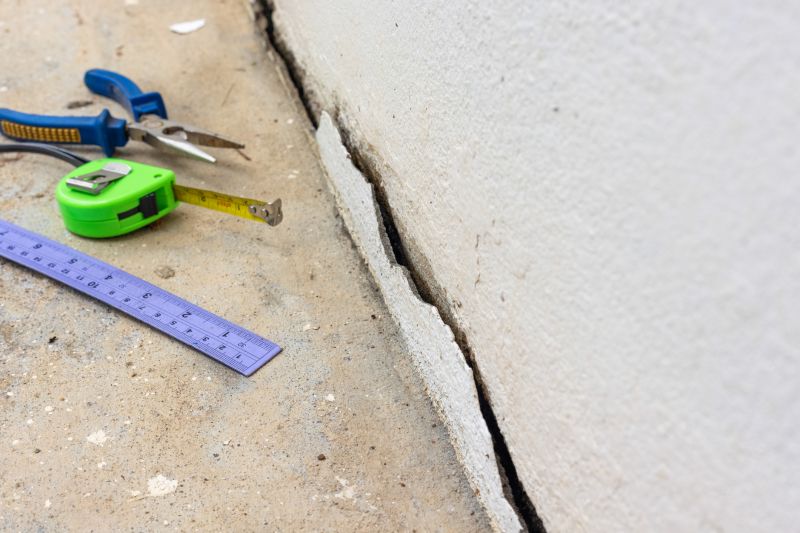
Professional assessment to determine the extent of damage and the optimal timing for repairs.
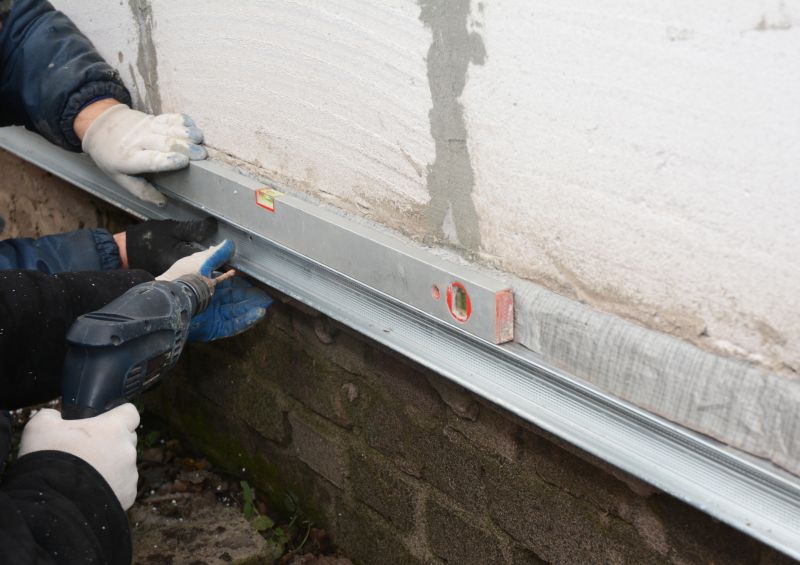
Techniques to prepare ground conditions before foundation repair work begins.

Specialized tools and machinery used during foundation repair procedures.
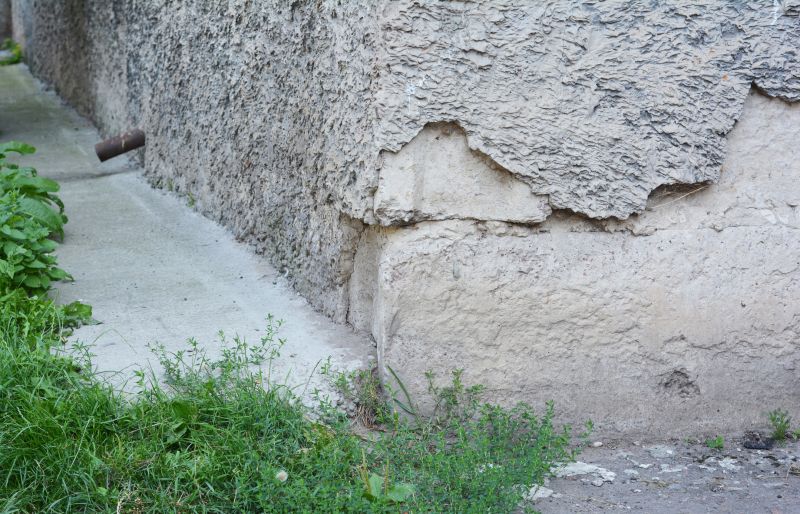
Ways to make Foundation Repairs work in tight or awkward layouts.
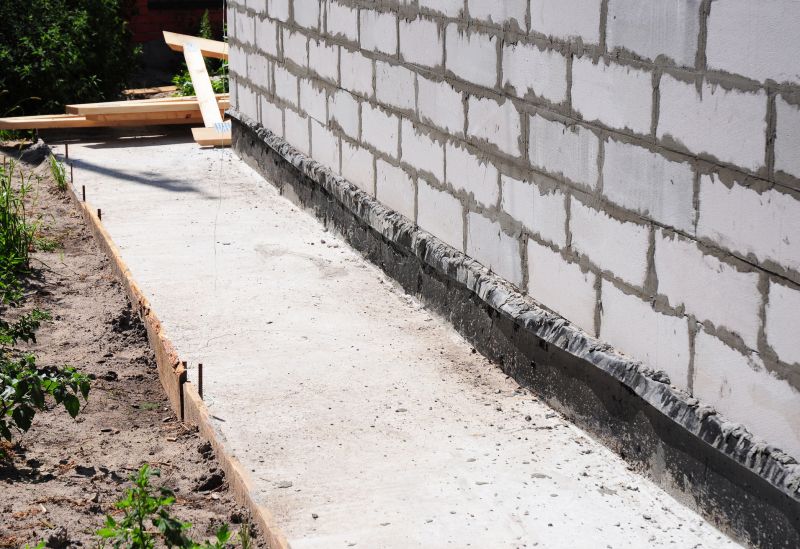
Popular materials for Foundation Repairs and why they hold up over time.

Simple add-ons that improve Foundation Repairs without blowing the budget.
| Season | Best Conditions |
|---|---|
| Spring | Moderate soil moisture, mild temperatures |
| Summer | Stable soil conditions, avoid peak heat |
| Fall | Favorable soil moisture, mild temperatures |
| Winter | Cold and frozen ground, generally unsuitable |
Foundation repairs are vital for maintaining the structural integrity of a building. Addressing foundation issues promptly can prevent further damage, reduce repair costs, and ensure safety. Common problems include settling, cracking, and shifting caused by soil movement, moisture fluctuations, and other environmental factors. Proper timing of repairs can enhance effectiveness, especially when soil conditions are optimal for stabilization and repair techniques.

Visible cracks can indicate underlying issues requiring timely repair.
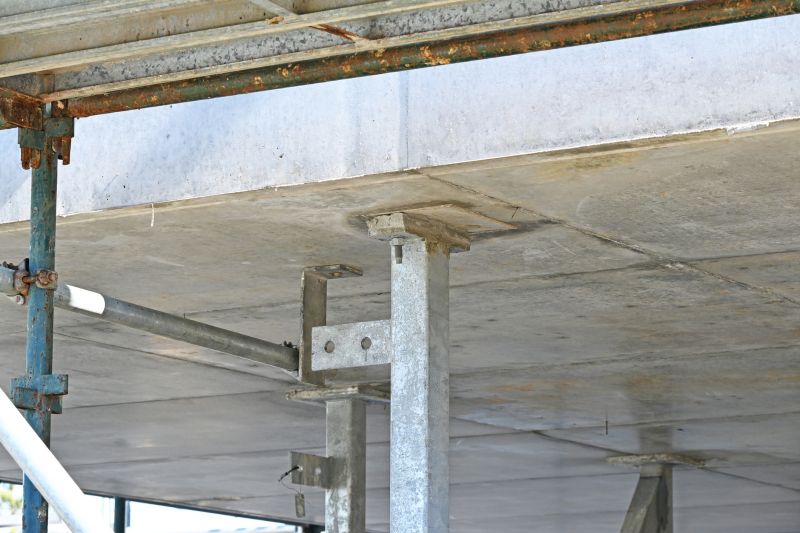
Methods used to stabilize and lift foundations affected by settling.

Assessing soil conditions to determine the best repair approach.
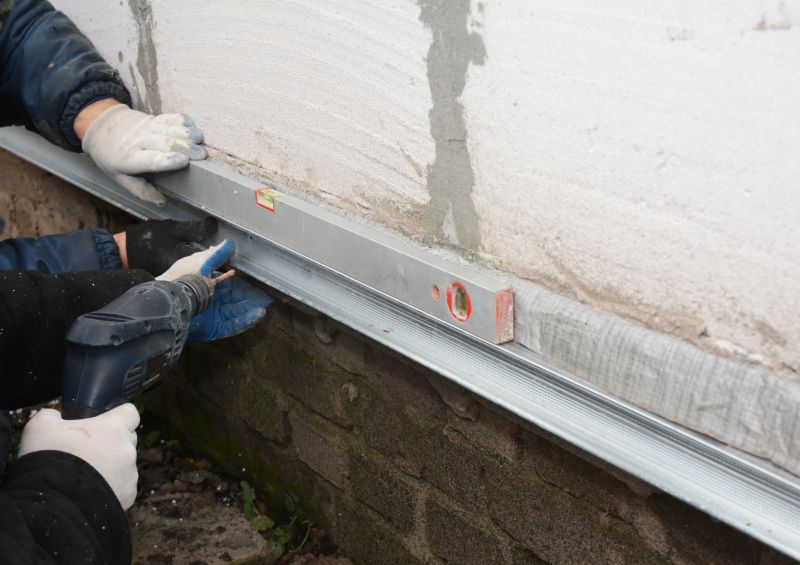
Technique used to lift and level uneven foundations.
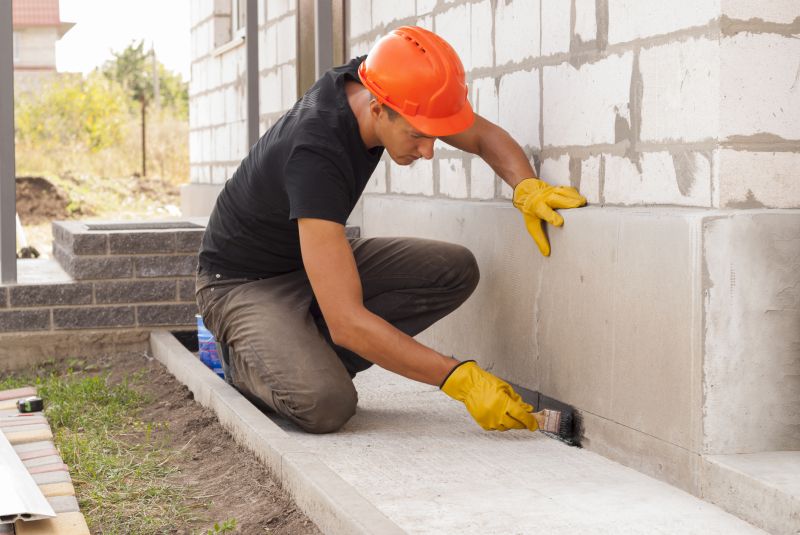
High-end options that actually feel worth it for Foundation Repairs.
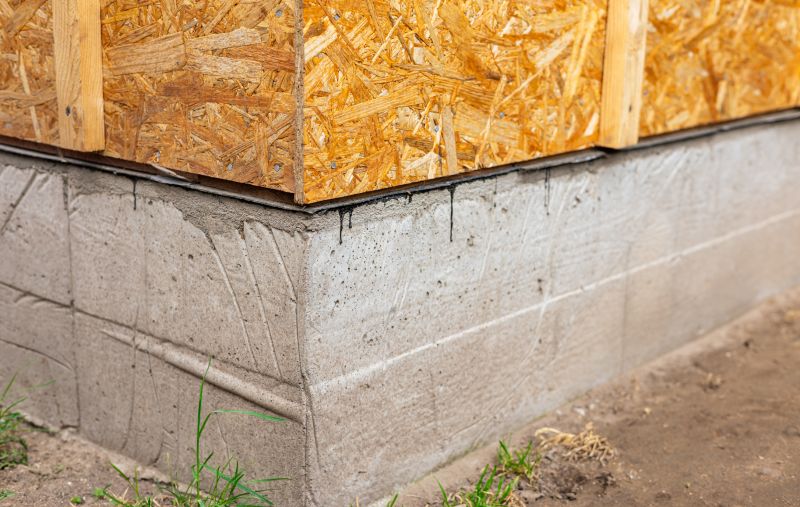
Finishes and colors that play nicely with Foundation Repairs.
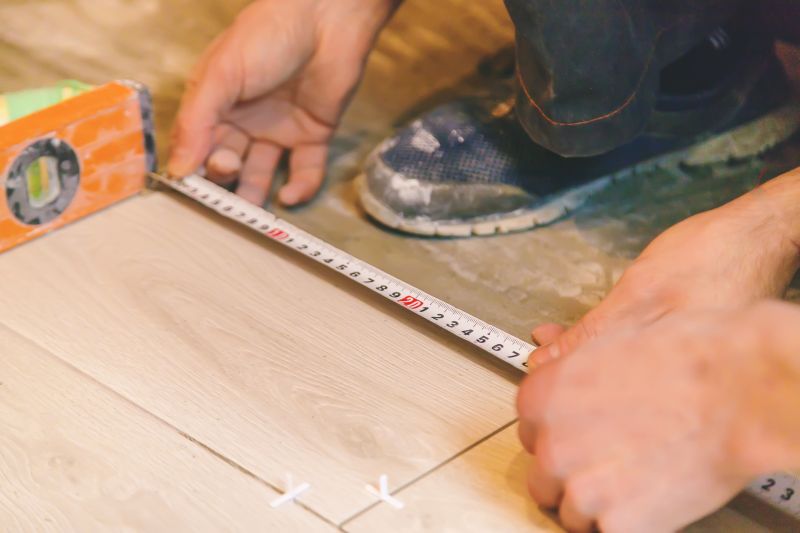
Little measurements that prevent headaches on Foundation Repairs day.
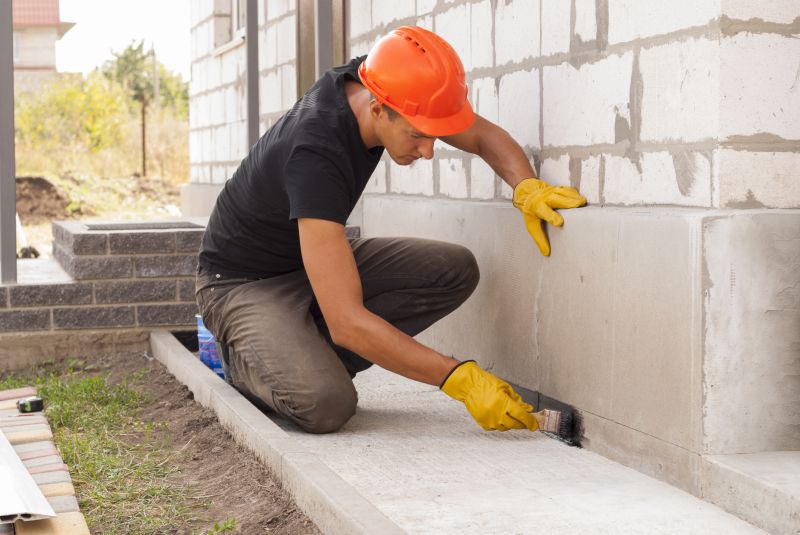
A 60-second routine that keeps Foundation Repairs looking new.
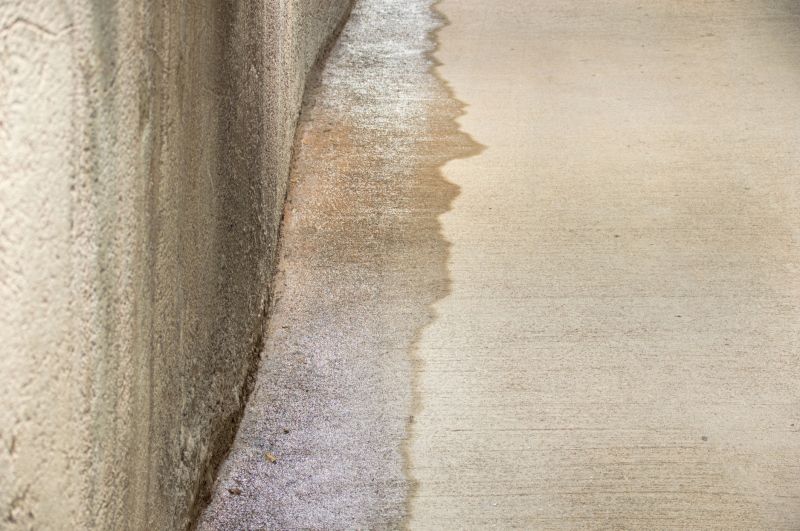
A frequent mistake in Foundation Repairs and how to dodge it.

Small tweaks to make Foundation Repairs safer and easier to use.
Understanding the optimal timing for foundation repairs can significantly influence the outcome. Consulting with foundation specialists during these periods ensures that repairs are performed under conditions conducive to long-term stability. Proper planning and execution during the right season can help mitigate future issues and preserve the value of the property.
Interested in scheduling foundation repairs? Fill out the contact form to receive more information and assistance.

